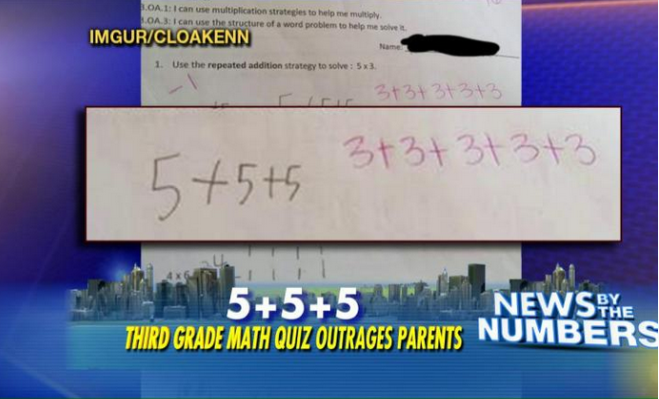Toni Massaro, Regents’ Professor, Milton O. Riepe Chair in Constitutional Law, and Dean Emerita at the University of Arizona College of Law, and Helen Norton, Professor of Law at the University of Colorado Law School, discuss whether Artificial Intelligences might ever gain free speech rights. After all, as Citizens United affirmed, lots of non-human entities have at least some aspects of a right to free speech.
Indeed, it is a question that warrants consideration: do only humans have full free speech rights, or do AIs, also; do sentient beings of any stripe have full free speech rights; and if the answer to either of the latter two is “Yes,” then what’s the threshold of intelligence beyond which such rights must be acknowledged (or granted: is our endowment of inalienable rights imbued by God in humans only, or in other beings, too?), and how do we measure that threshold?
Massaro and Norton, in their paper Siri-ously? Free Speech Rights and Artificial Intelligence look into the question (absent any religious aspect) as it relates specifically to AIs. It’s a paper well worth the read, if only for the thought experiment aspect that is the authors’ purpose.
I’m interested in a particular part of their argument, though, as summarized by The Wall Street Journal Law Blog [emphasis in the original].
The idea becomes less preposterous, according to the scholars, when one focuses not on who or what is doing the speaking, but on who is doing the listening.
Such an approach, emphasizing “expression’s value to listeners” or the “listeners’ enlightenment,” yields “many similarities…between much computer speech and human speech that we already protect,” the professors say.
Listening is a hugely important aspect of our freedom of speech, no doubt. The right of the listener to choose for himself the speech to which he will listen or not listen—the right to assess for himself the value of the speech—is absolutely critical; without it there is no freedom of speech.
But.
The right to choose which speech to which to listen or not can only be derivative of the right to speak freely. After all, if the speech can be blocked in any way, or censored in any form, there can be nothing to which to listen, and so no choice of listening can exist. Within that, the value of the listened-to speech, and of the ignored speech, is in the mind of the speaker first and in the ear of the listener/ignorer second. There is no third. Government’s view, including court’s view, of that value never enters into it.
The authors dilute IMNSHO their argument to a large degree by basing a significant fraction of their argument on the value to a listener of that derivative aspect.

